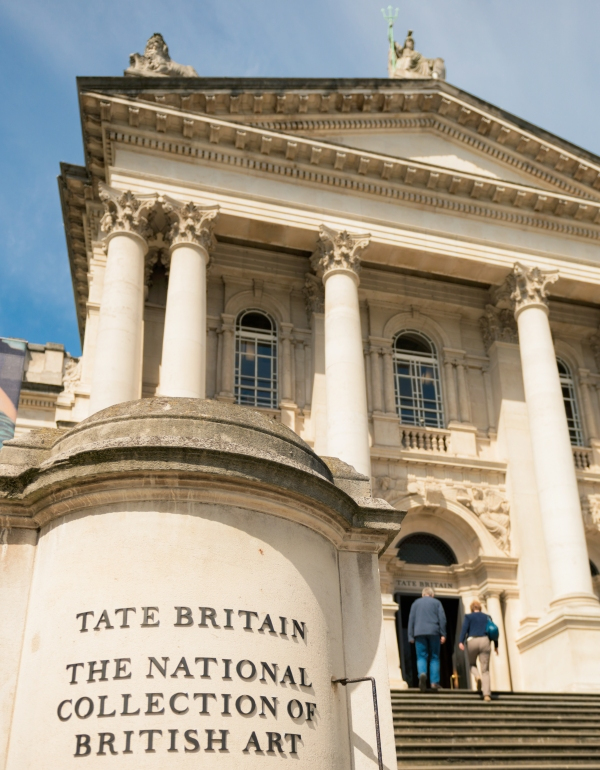
Arts
Victoria and Albert Museum (V&A)
Located in London, the world's largest decorative arts and design museum is home to precious and spectacular artistic artifacts in every medium.
Learn More


The Tate Gallery opened in 1897 as the National Gallery of British Art after sugar magnate Henry Tate donated his 19th-century art collection and funds to create a national art museum. Renamed the Tate Gallery in 1932, the museum would expand to four locations, with two in London, one in Liverpool, and one in St. Ives. All four museums share the Tate collection, which features 78,000 local, national, and international works of art dating back to 1500 and spanning across the globe.
Tate Britain unspools the history of British art and houses the national collection of paintings, sculptures and prints. Two miles across London, Tate Modern (which opened in 2000) is one of the biggest modern art museums in the world, showcasing exceptional international modern and contemporary art. Founded in 1988, Tate Liverpool features modern art as well as performance art and seeks to attract a younger audience with its educational programming, while Tate St. Ives (which opened in 1993) spotlights local artists. Combined, the four galleries aim to increase the public's understanding of and access to British art over the last six centuries as well as modern and contemporary art from all over the world.